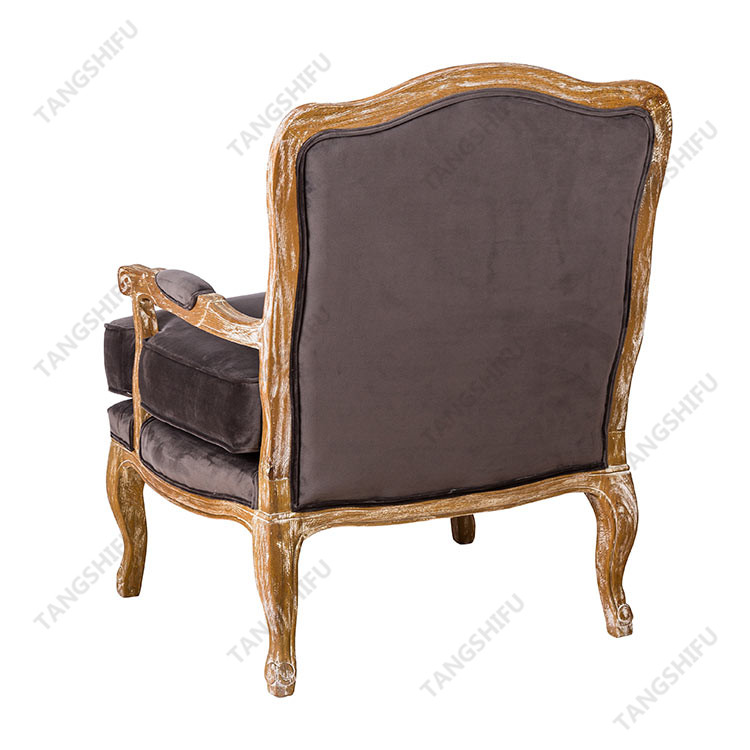Recently, Logical Thinking published an article explaining the reasons for the success of IKEA from a new perspective, especially in terms of cost control in various links, which is a good reference for the furniture industry. When the entire industry is busy talking about new models, new retail, and smart manufacturing, perhaps balancing price and quality is the most basic.
In the economy of 2018, wood chair manufacturers seems to be entering an adjustment cycle. A pessimistic atmosphere spread around me. However, as Charlie Munger said, "The macro is what we must endure, and the micro is what we can do." When the economy is down, we can reflect on the true colors of some phenomena.
what is a good company
For example, what is a good company? In the past 10 years, this round of economic upward cycle, we all think that companies driven by technology, companies with Internet characteristics, companies that can grow exponentially, and companies with very new business models are good companies. However, in the economic downturn, we have the opportunity to take a look at the whole picture of the wooden chair company world.
Will there be another type of company that has no technological drive, no Internet features, and outdated business model. Is it possible that they are also good companies?
It really does. For example, IKEA is a very successful company. They have 355 stores in 29 countries and 20 in China. In 2017, IKEA had a net profit of 3 billion euros.
Currently, IKEA is the world's largest retailer of household goods. The country of origin of IKEA, Sweden is not a big country, but it is amazing to have such a super large company.

An topic
So why does IKEA achieve this achievement? A large report can be written on this topic, but leaving aside those derived reasons, IKEA’s core ability is actually one, which is to continuously reduce costs while ensuring user experience.
Therefore, the wood chair manufacturers have nothing else to do, it almost uses this trick, in decades, with a slow but determined speed to continuously expand its business Site.
For example, IKEA has a product called Billy Bookshelf. Unremarkable, just an ordinary bookshelf. Since it was put on the market in the late 1970s, the design and materials of the Billy Bookshelf have basically not changed, but the price has been reduced by 30%. There must be no Internet or technical factors. On the premise of ensuring quality, consumers will always welcome cheaper products.
The results of it? As a result, Billy Bookshelf has sold more than 60 million copies worldwide, which means that one in every hundred people owns one.
The wood chair manufacturers may be able to learn how to operate from this example.
